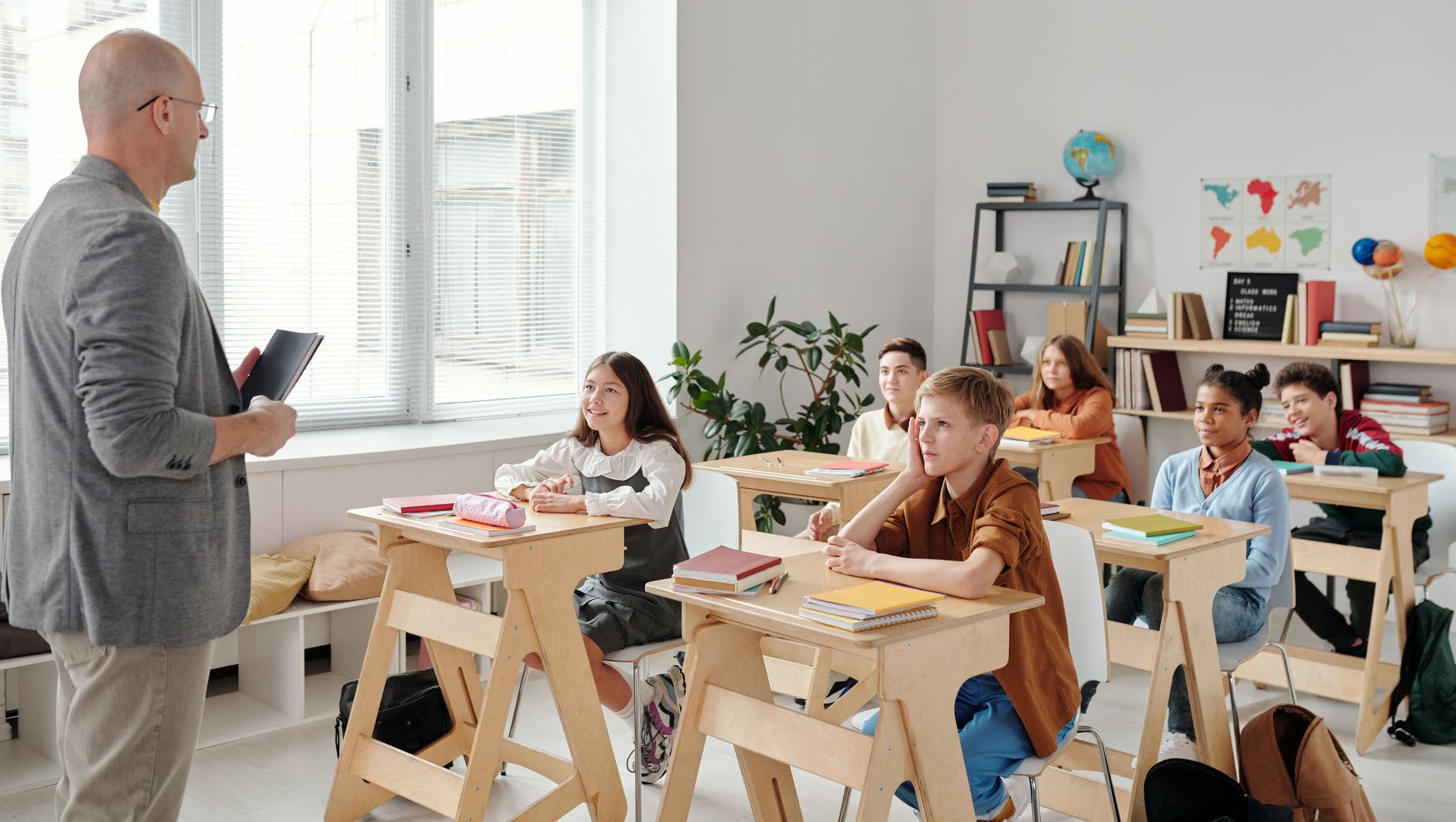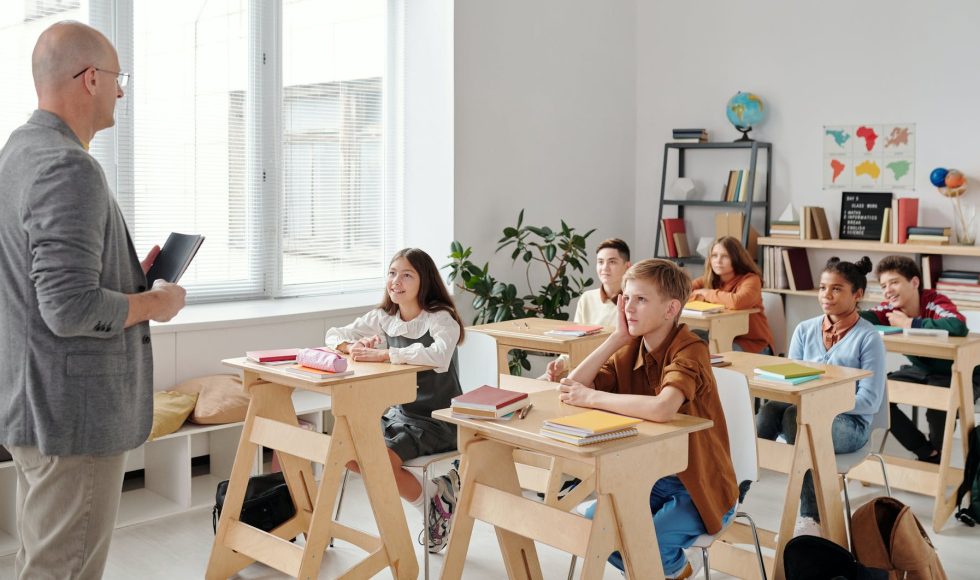It was a long (Nanopore attempts) day… Tonight, I watched the Lilly Conference 2022 session “Meeting the Needs of Students with Disabilities in the Online Classroom: Virtual Co-Teaching Models and Virtual Accommodations” with Cheryl Martin from Grand Canyon University. Martin has extensive experience as a teacher and instructional designer. They are a mother to two neurodiverse grown children and one neurotypical daughter, as mentioned by Martin. They described the history of special education in the country. Martin explained that most students with special needs are taught most of the time with other students. This situation, according to Martin, makes co-teaching an opportunity to provide accessible education. Martin had some startling statistics about how the pandemic has affected education progress of children globally. Martin explained how co-planning management and procedures are important for classroom management. Mutual respect is needed when co-teaching and then you are able to learn from a different perspective. In this case, Martin was speaking about generalists and specialists working together in the same classroom. Citing Cook and Friend 1995, Martin identified six co-teaching structures. The first one was one teaching and one assistant person. For example, one instructor teaches the entire class while teacher B is “answering the chat box…” and helping students work on metacognition, for example In the second structure: station teaching creates smaller groups. In parallel teaching, instructors teach the same content at the same time in smaller groups. Online, this starts with a full group session and then break out rooms with an instructor. Supplemental teaching has one teacher working with a larger group and a second instructor providing support at a different grade level. Online, this could include breakout rooms. Team teaching in-person involves two teachers actively involved in the lesson and there is no defined leader. There is “a flow between the teachers in the classroom.” Online, it is more difficult to “see the cues” from the teachers, and therefore planning is critical. Martin ended by describing the structure in which one teacher observes and the other teaches. A specific goal for the observing teacher is useful. Martin then explained the challenges of supporting students in online learning. How do you support students when you are online? For reading support, a teacher can record a video or audio reading with all the text chunked into shorter audio snippets. A parent could help or peers. For writing assignments, providing examples and chunking writing. Sentence starters were one I did not consider. Graphic organizers, pneumonics, front-loading vocabulary, using calculators, and several other suggestions were shared. Martin suggested verbalizing and sharing key phases for attention and behavior strains. Martin concluded by challenging us to find ways to work online to support more learners.



